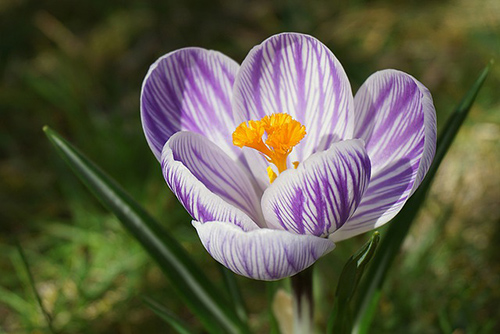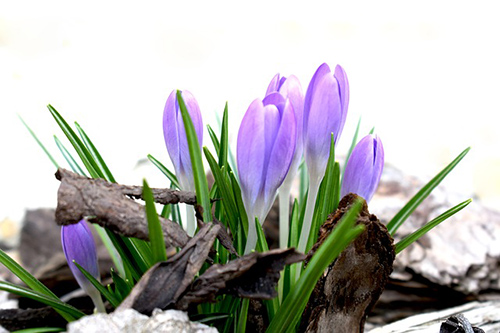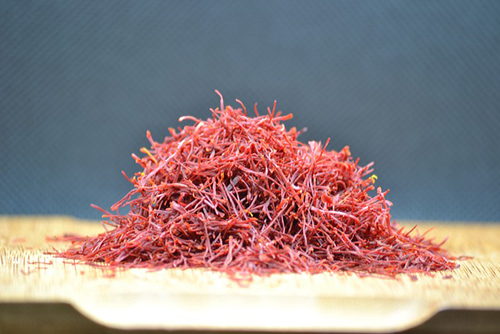Contents

The flowers of the saffron plant are called roses, and they are colorful and pleasant spots in any autumn landscape. The Egyptians, Israelites, and Greeks highly valued saffron because of its medicinal properties. Later on, its properties were exaggerated to the point that Hetodt, a German physician of the 17th century, recommended saffron to heal any ailment, from toothache to the plague.
Currently, it is more often used as a seasoning than a remedy. It is the most expensive spice known.
Saffron Plant Scientific Facts
- Other names: Autumn crocus, Spanish saffron.
- French: Safran.
- Spanish: Azafran.
- Environment: It is cultivated in the Mediterranean and some American countries. Spain is one of the leading producers worldwide.
- Description: Bulbous is a plant of the Iridaceae family that grows from 10 to 15 cm high. It has beautiful lilac flowers in the center of three orange stigmas. These stigmas are the spice called saffron.
- Parts of the plant used medicinally: The stigmas of its flowers.
Healing Properties and Warning

Saffron contains a bitter component (picrocine) and essential oil. It has digestive, appetizer, and carminative properties. Moreover, it is an emmenagogue and can heal menstrual pain. When externally applied, a concentrated infusion rubs children’s gums, thus alleviating teething problems.

WARNING! In relatively high doses, saffron is a potent toxin. It has abortifacient properties and also produces severe kidney and nervous disorders. Poisoning can occur with a dose of 20g.
How to use Saffron
- Infusion with some saffron strands per cup of water. Sweeten with honey, brown sugar, or molasses (sugar cane honey).
- Concentrated infusion prepared with saffron enough to give a dark brown color to the water.
DISCLAIMER: All content on this website is presented solely for educational and informational objectives. Do not rely on the information provided as a replacement for advice, diagnosis, or treatment from a qualified medical expert. If you are pregnant, nursing, or have any preexisting medical concerns, talk to your doctor before using any herbal or natural medicines.
REFERENCES
- George D. Pamplona-Roger, M.D. “Encyclopedia of Medicinal Plants.” George D. Pamplona-Roger, M.D. Encyclopedia of Medicinal Plants. Ed. Francesc X. Gelabert. vols. 2 San Fernando de Henares: Editorial Safeliz, 2000. 448. Print. [Saffron plant]
- PubMed: https://pubmed.ncbi.nlm.nih.gov/
